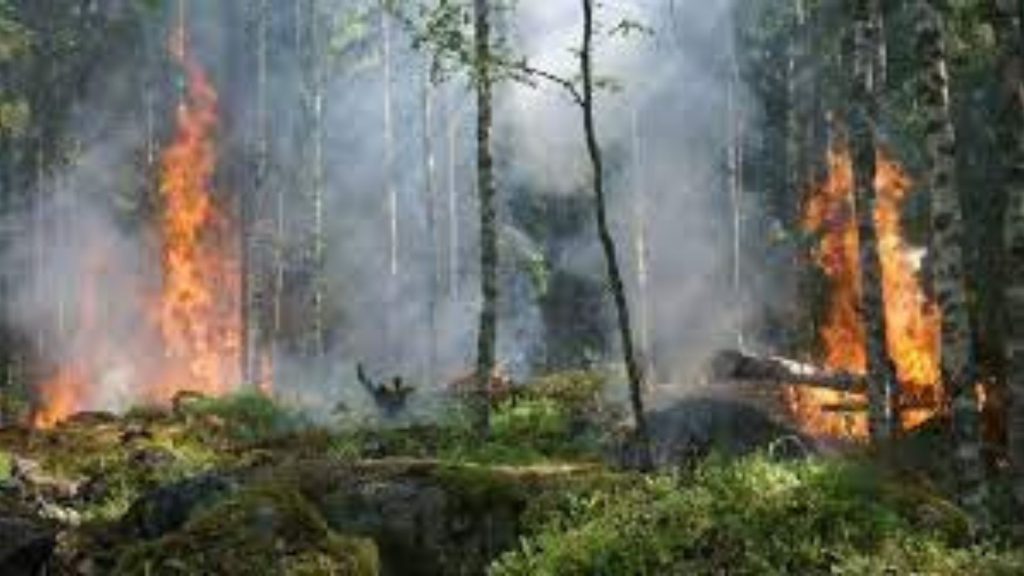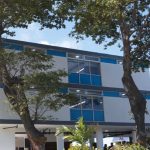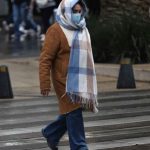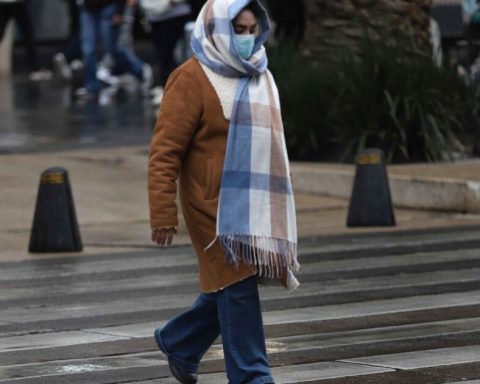Nicaragua presents an increase in the incidence of heat at the national level of 25 percent compared to 2022, as reported by Fundación del Río in the report on the results of the Monitoring of Forest Fires in the country.
In the document, dated this Monday, June 26, the organization considers the rise in fires in protected areas and indigenous and Afro-descendant territories “worrying”, which reaches 84%.
Relational news: 34 protected areas of Nicaragua, in danger of fires
According to the monitoring, between the months of January to May of 2023, the satellite systems detected 45,427 hot spots, and the months of April and May report a higher incidence with 47% and 39% respectively.
Amaru Ruiz, President of the Foundation, explained that this year the range of temporality in the incidence of these hot spots has also increased.
“(…) We are reporting hot spots in the month of June, this is due to a decrease in rainfall and the incidence of the El Niño phenomenon in the country,” explained the defender of the environment and human rights of the indigenous communities from Nicaragua.
Forest fires and agricultural burning in protected areas
One of the concerns of the Foundation, regarding the incidence of hot spots nationwide, is that 84% of these are being reported within protected areas and indigenous and Afro-descendant territories, thus cutting 69% of incidences, while in protected areas 15%.
Related news: More than 160 fires between agricultural and forest burning during the weekend
It also indicates that within the most affected protected areas, between agricultural burning and forest fires, is the BOSAWAS Biosphere Reserve where 30% of the incidents are reported, “that is, about 2,104 hot spots; and the Indio Maíz Biological Reserve, which accumulates 8% of incidents, that is, some 538 hot spots”, he explains.
1,936 forest fires
Fundación del Río detected 1,936 forest fires in the country, which represents 87% more than the records offered by government institutions, so it considers that this disparity in the figures implies that there is a lack of attention capacity of the fire prevention and attention system of government institutions.
He also stressed that “government institutions are only covering easily accessible areas or urban areas; For example, in the case of the BOSAWAS Reserve or the Indio Maíz Biological Reserve, the institutions do not report incidences of forest fires despite the fact that it is where 38% of the hot spots of all the protected areas of the country are concentrated” .

Given this, Ruíz stressed that there are deficiencies in the surveillance and early warning systems for the prevention and control of fires and that this year it was not possible to reduce the incidence of forest fires and agricultural burning in forest areas.
On the other hand, the report indicated that when the settlers invaded, they carried out agricultural burnings to establish crops or pasture for cattle fattening in those territories, thus changing the use of the soil and generating the gradual deterioration of the natural forest.















